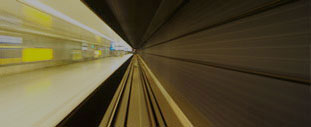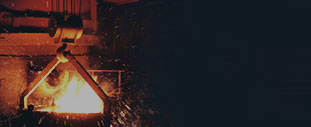
Modern fire science are, if nothing else, a well studied industry.
A huge amount of scientific data, and even more empirical evidence, collected and tabulated over the past 120 years or so, is available to even the most perfunctory request.
The concept of Compartmentation — the idea of building a series of fire proofed compartments within other fire proofed compartments — is generally reckoned to the most effective for inhibiting, slowing and even preventing the spread of fire and smoke from one compartment to another.
Effective compartmentation also allows or, rather “buys” sufficient time for building occupants to evacuate to safety and/or for fire brigade emergency personnel to arrive at the scene of the fire event.
However, there is no “One Size Fits All” solution for the potential fire and security challenges that today’s built environment.
Ad hoc, piecemeal approaches might seem cost effective at the time of implementation but in most cases prove to be ineffective if not downright dangerous over the long term.
To optimise their efficacy, fire and security strategies for the built environment should ideally be conceptualised and designed into construction plans at the drawing board stage of every development.
Government agencies and regulatory authorities must draw upon abundant available scientific data and work hand in glove with developers, engineers, architects and numerous other professional bodies.
Fortunately, an entire industry — manufacturing modern and effective fire science products and systems — has grown up alongside these constantly evolving trends.
Indeed, many fire engineers believe it is now possible to construct buildings that are, scientifically and theoretically at least, worthy of the description “Guaranteed Fireproof”! It should be pointed out, however, that these buildings may not be aesthetically pleasing, functional or very pleasant to use.
Plans to optimise the security and fire safety of built environment must therefore combine modern fire protection products and systems — from planning and installation right through long term and repeated use — with aesthetically pleasing and user friendly design.
Fighting fires in a tall office, hotel, shopping mall or apartment building, or indeed any high rise structure, poses numerous operational challenges.
For example, the ladders, hoselines and snorkels of most fire brigades and emergency response units are severely limited by physical restrictions.
Most, for example, are unable to reach above and beyond 30 high rise floors, at best. On the other hand, underground structures pose very serious levels of threat that are still not fully understood.
The random nature of terrorism is another force that has to be factored into the design of certainly most modern and so-called “public” structures. The violent and multimodality of terrorism makes it not only difficult to predict but also to foresee what level of force has to be prevented. Blast and impact resistance can be designed into most if not all structures but at what cost and complexity?
While many fire science technologies are well developed and well documented, it is also safe to safe to say that the physical and operational capabilities of many fire brigades and emergency rescue departments lags well behind the physical and technical demands of most high rise environments.
Fire inhibition systems and evacuation plans must therefore look at stopping or inhibiting the advance of heat, flames and smoke in tandem with the functional design. In effect, “buying time” for the best possible ways of evacuating large numbers of inhabitants as quickly as possible.
Clearly, this often easier said than done, particularly in a densely populated built environment. In many societies, some restrictions must be imposed on height and load factors, for example.
In others, the onus for wise development is directly on education and increasing awareness of fire risks, and how to best deal with most likely fire risk scenarios.
Fortunately, nowadays more and more local government administrations and city managers, faced with potentially anarchic development realise the significance of realistic fire risk management strategies and their potential for long term good.
It should also be noted that most built environments today face security factors that were largely unthinkable even two decades. International terrorism is a good example of this unfortunate trend and one that is unlikely to shrink in the foreseeable future.








